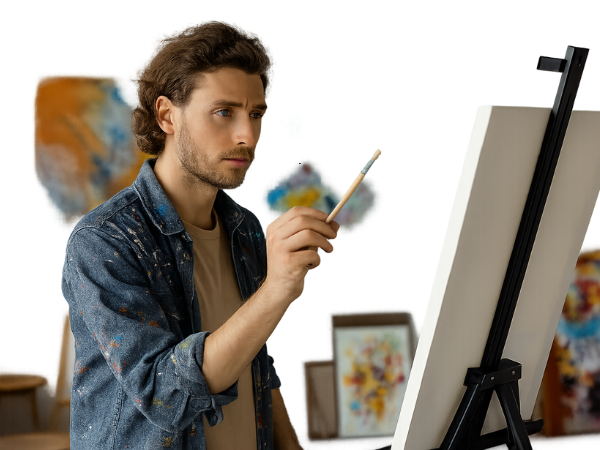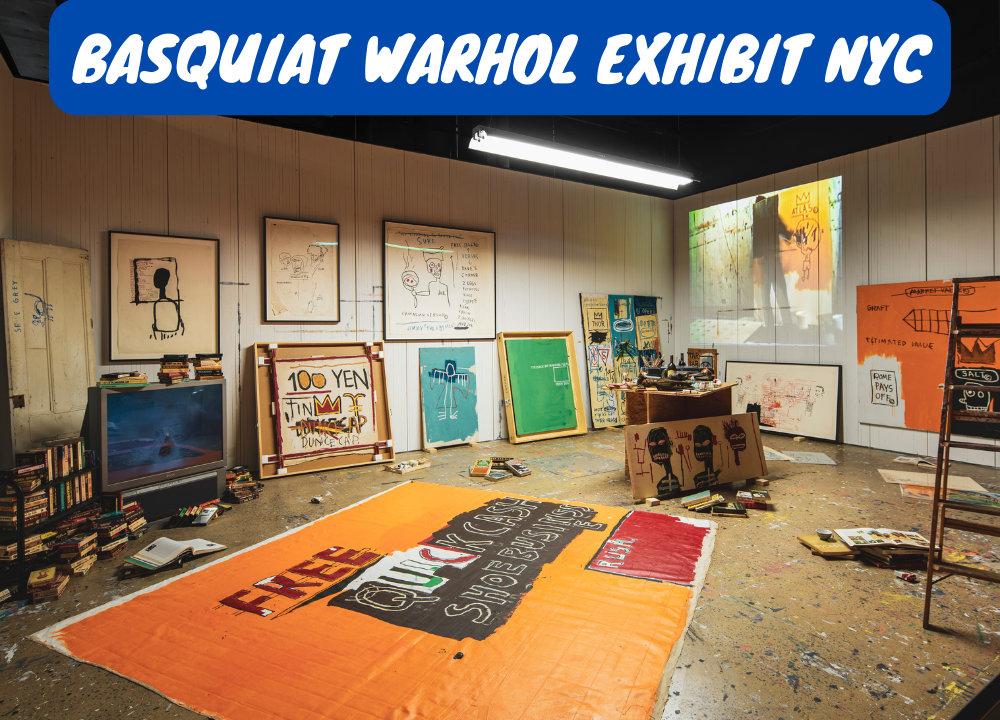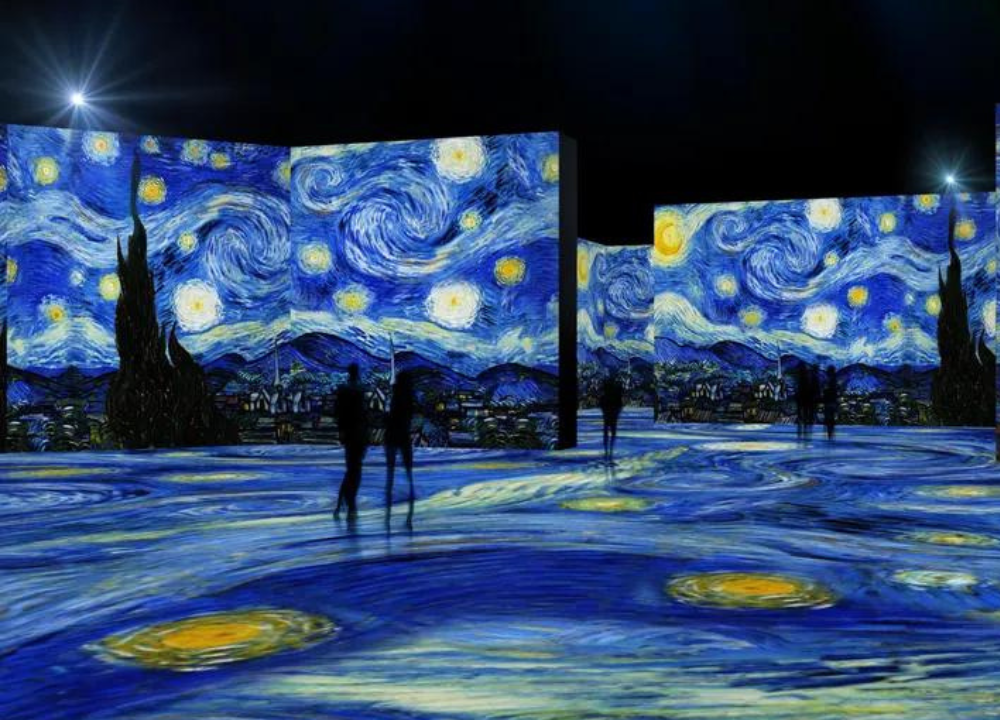The art world is constantly evolving, and at its heart are the emerging artists who bring fresh perspectives, bold experimentation, and deeply personal stories to their work. These creators are not only shaping the present but also laying the foundation for the future of contemporary art.
Who Are Today’s Emerging Artists?
Emerging artists are those who are beginning to gain recognition but have not yet reached the status of established or “blue‑chip” names. They often balance experimentation with tradition, and their work reflects the cultural, social, and technological shifts of our time.
Key characteristics of today’s emerging artists include:
- Diverse Backgrounds – Many come from underrepresented communities, bringing new voices into the art conversation.
- Interdisciplinary Practices – They often blur the lines between painting, sculpture, performance, and digital media.
- Global Reach – Social media and online platforms allow them to connect with audiences worldwide.
- Narrative Depth – Their work frequently explores identity, politics, climate change, and personal histories.
- Early Recognition – Many are featured in group shows, residencies, or online exhibitions before breaking into major galleries.
Together, these qualities make emerging artists the pulse of contemporary culture, offering perspectives that challenge and expand our understanding of art.
The Creative Spaces That Shape Their Work
An artist’s studio is more than just a workspace—it is a reflection of their process, personality, and philosophy. From minimalist lofts to cluttered basements, these environments shape the art that emerges from them.
Common features of creative spaces include:
- Adaptive Studios – Many artists work in shared or temporary spaces, adapting to limited resources.
- Hybrid Environments – Studios often double as living spaces, blending daily life with artistic practice.
- Material Corners – Organized areas for paints, canvases, digital tools, or found objects.
- Natural Light – Large windows or skylights are prized for their impact on color and mood.
- Community Hubs – Shared studios foster collaboration and dialogue among peers.
These spaces are not just physical—they are psychological landscapes where ideas are nurtured, tested, and transformed into finished works.
Inspirations Driving a New Generation of Art
Emerging artists draw inspiration from a wide range of sources, both traditional and contemporary. Their influences reflect the interconnected, globalized world they inhabit.
Top sources of inspiration include:
- Nature and Environment – Landscapes, climate change, and ecological concerns.
- Cultural Heritage – Traditions, folklore, and ancestral narratives.
- Technology – Digital tools, AI, and virtual reality as both medium and subject.
- Social Issues – Identity, race, gender, and political activism.
- Everyday Life – Personal experiences, urban environments, and ordinary objects.
By weaving these inspirations into their work, emerging artists create art that resonates with both personal authenticity and universal themes.
Techniques and Mediums Redefining Modern Expression
Contemporary artists are pushing the boundaries of what art can be by experimenting with new techniques and materials. Their work often challenges traditional definitions of painting, sculpture, and installation.
Notable techniques and mediums include:
- Collage and Assemblage – Combining found objects and mixed media.
- Digital Art – Using software, VR, and AI to create immersive works.
- Street and Graffiti Art – Bringing social commentary into public spaces.
- Sustainable Materials – Recycling, upcycling, and eco‑friendly practices.
- Hybrid Forms – Blending performance, sound, and visual art.
These innovations reflect a desire to break free from convention and to create art that speaks to the complexities of modern life.
Challenges Emerging Artists Face in the Art World
While creativity drives them forward, emerging artists often face significant obstacles in building sustainable careers.
Common challenges include:
- Financial Instability – Limited funding and reliance on side jobs.
- Market Saturation – Competing for visibility in a crowded field.
- Access to Galleries – Difficulty securing representation or exhibitions.
- Devaluation of Work – Pressure to undersell art to gain exposure.
- Mental Strain – Balancing artistic passion with economic realities.
Despite these hurdles, many artists persevere, finding innovative ways to share their work through online platforms, collaborations, and grassroots exhibitions.
Exhibitions and Platforms Showcasing New Talent
Exhibitions and digital platforms play a crucial role in giving emerging artists visibility and credibility.
Key opportunities include:
- Residency Programs – Offering time, space, and mentorship.
- Art Fairs – Platforms like Art Basel’s emerging sections or local fairs.
- Online Galleries – Websites such as Saatchi Art and Rise Art.
- Community Exhibitions – Local galleries and cultural centers.
- International Platforms – EU‑funded initiatives and global showcases.
These opportunities allow artists to connect with collectors, curators, and audiences, helping them transition from emerging to established status.
Stories Behind Their Most Notable Paintings
Every painting tells a story, and for emerging artists, these stories often reflect deeply personal or socially relevant themes.
Examples of recurring narratives include:
- Identity and Belonging – Exploring cultural roots and personal heritage.
- Social Commentary – Addressing inequality, politics, or climate change.
- Abstract Emotions – Using color and form to express inner states.
- Urban Life – Capturing the energy and chaos of modern cities.
- Dreamscapes – Blending reality with imagination and symbolism.
These stories not only define the artists’ voices but also connect with audiences who see their own experiences reflected in the work.
The Future of Contemporary Art Through Emerging Voices
The future of art is being shaped by the boldness and vision of today’s emerging artists. Their work points toward a more inclusive, experimental, and socially engaged art world.
Trends shaping the future include:
- Digital Integration – Expansion of NFTs, VR, and AI art.
- Global Collaboration – Cross‑cultural projects and residencies.
- Social Engagement – Art as activism and community building.
- Sustainability – Eco‑conscious practices becoming mainstream.
- Personal Narratives – Greater emphasis on authenticity and lived experience.
As these voices grow louder, they will redefine what art means in the 21st century, ensuring that creativity remains a vital force for cultural dialogue and transformation.




